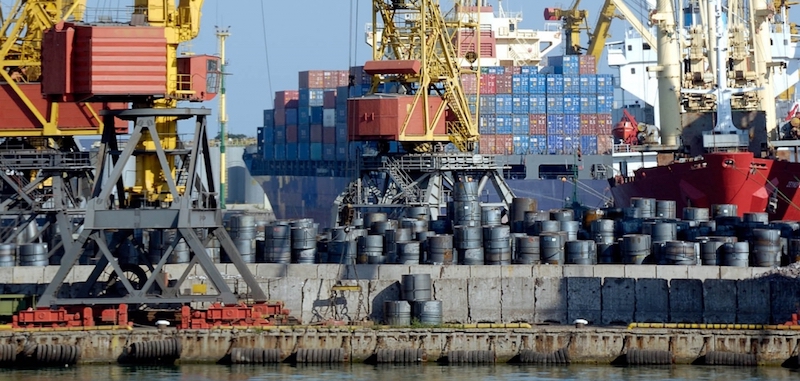“The marine economy statistics clarify just how dependent America is on our waters,” said Nicole LeBoeuf, acting director of NOAA’s National Ocean Service. “It is nearly impossible for most Americans to go a single day without eating, wearing or using products that come from or through our coastal communities.”
“For the first time, the United States has ocean data that can be compared with our official statistics on other U.S. industries and with the ocean economies of other nations,” said Mary Bohman, BEA’s acting director. “These prototype statistics offer a baseline for understanding the importance of the ocean economy, including recreation, seafood, transportation and shipbuilding. Businesses, policymakers, and coastal communities can use these economic data as a compass as they chart the way forward.”
The sectors making the largest contributions to the nation’s gross domestic product, not adjusted for inflation, are:
Tourism and recreation, including recreational fishing ($143 billion)
National defense and public administration ($124 billion)
Offshore minerals ($49 billion)
Transportation and warehousing ($25 billion)
Living resources, including commercial fishing and aquaculture ($13 billion)
Ship and boatbuilding ($9 billion)
Power generation ($4 billion)
Research and education ($3 billion)
Construction ($2.5 billion)
Professional and technical services ($31 million)
These prototype statistics are the most comprehensive and accurate produced to date, thanks to the addition of newer, more inclusive data sets, the Commerce Department said. The economic statistics validate previous estimates of the value of the marine economy. The data, report and other materials are available at https://www.bea.gov/data/special-topics/ocean-economy.




